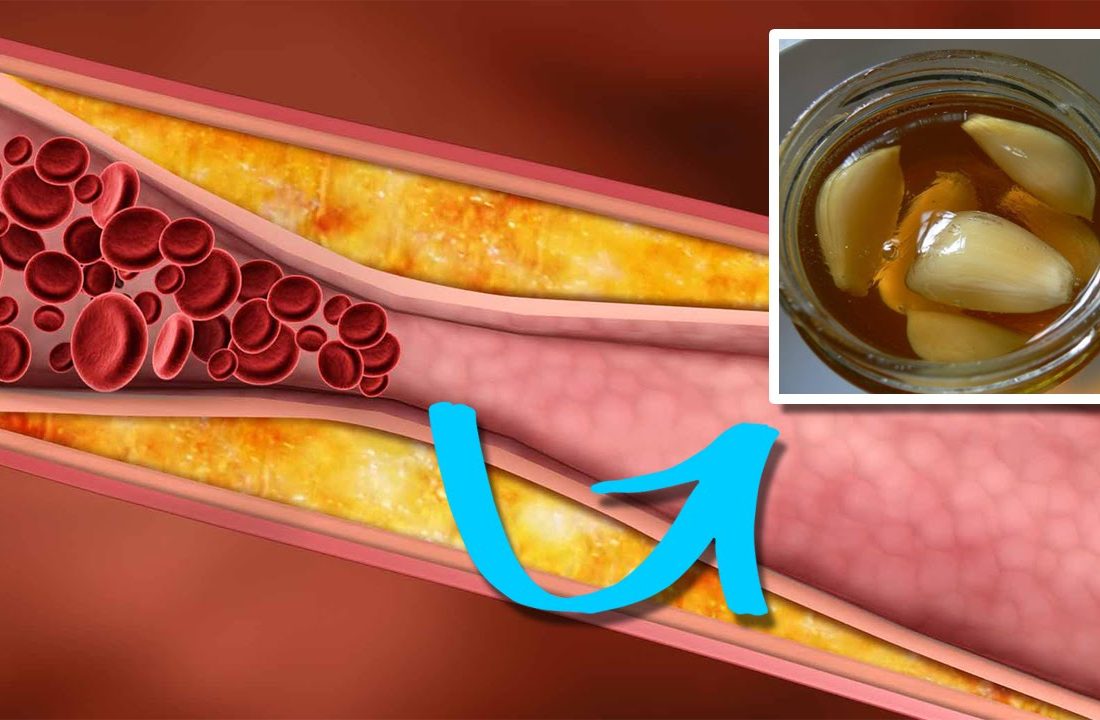

Eating heart-healthy foods and limiting added sugar and foods high in saturated fat.To reduce your blood triglycerides, your health care provider may first recommend lifestyle changes, such as: Triglyceride levels that are higher than normal may mean you have a higher risk of heart disease, stroke, and other conditions that affect your arteries. Ask your child's provider to explain what your child's test results mean. Guidelines for children and teens are different than adults. The commonly used guidelines for adults are: Category Guidelines for normal and higher levels of triglycerides are used to help decide when treatment is needed. Triglycerides are usually measured in milligrams (mg) of triglycerides per deciliter (dL) of blood.

Are a male age 45 or older, or a female age 50 or olderĪsk your doctor how often you need to have your blood lipid levels tested.Have a family health history of early heart disease (a parent or sibling with heart disease before age 55 for males, and before age 65 for females).You may need to be tested more often if you have a higher risk for heart disease because you: If there is a family history of high blood cholesterol, heart attack, stroke, or other risks for developing heart disease, test as early as age two.įor ages 20 and older, tests should be done:.In general, start testing between ages nine and 11.The general age recommendations for testing blood lipid levels are: How often you need to have a lipid profile test depends on your age, sex, and your risk of developing heart disease. If you are being treated for high cholesterol and/or triglycerides, you may also need this test to see how well your treatment is working. Your health care provider may order a lipid profile, including a triglycerides test, as part of a regular checkup. Other names for a triglycerides test: TG, TRIG, lipid panel, fasting lipoprotein panel Extremely high levels of triglycerides also increase the risk of acute pancreatitis in adults and children.

A high blood triglyceride level usually doesn't cause any symptoms, but over time, it may affect your arteries and increase your risk of heart disease. If you eat more calories than you burn off, especially calories from carbohydrates, including sugary foods, and fats, you may have high triglyceride levels in your blood. When your body needs energy, your cells release triglycerides into your bloodstream to provide fuel for your muscles to work. If you eat more calories than you need, your body turns the extra calories into triglycerides and stores them in your fat cells to use later. A triglycerides test can help you decide if you need to take action to lower your risk. High triglycerides may increase your risk for a heart attack or stroke. A triglycerides test is a blood test that measures the amount of a fat in your blood called triglycerides.


 0 kommentar(er)
0 kommentar(er)
